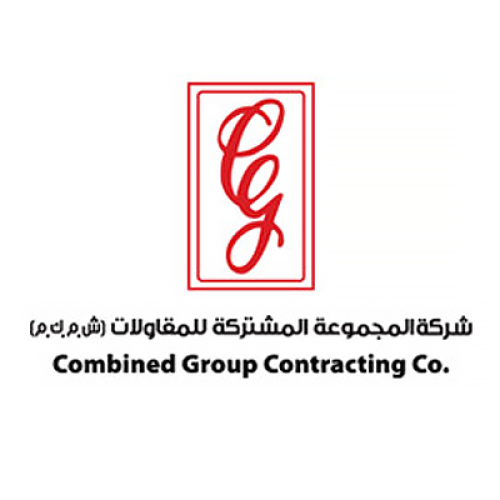
Introduction to Construction Claims
Risk and uncertainty always occur in complex processes that involve multiple parts and that are evolving over extended durations. Construction projects are no exception. From the first moment intent is expressed, all the way to completion, the client-contractor relation is often strained by various delays, unforeseen conditions, changes to the design or construction method. In turn, these will give rise to claims and conflict between parties as the completion of the project is affected and becomes more costly. Avoiding dispute and claims require a collective and coordinated effort of all the stakeholders involved in the construction of the project.
Construction claims can be referred to as a request by any of the parties that sign agreements through construction contracts, be they clients, contractors, consultants or suppliers, for the compensation for damages caused by the other party who failed to perform their obligation as specified in the contract. Most claims target loss and expense, an extension of time, seek to avoid paying liquidated damages and to recover prolongation, disruption and acceleration costs.
It is important to first classify the construction delay to determine its impact on the project. Initially, it is required to classify the delay as critical or non-critical. Critical delays are delays to specific activities on the critical path, delaying the project’s completion date. Whereas non-critical ones are delays to certain activities but do not impact the completion of the project. If the delay was assessed to be critical, the next step would be to classify if the delay is excusable or inexcusable. From the contractor’s perspective, excusable delays are caused by events outside their control, entitling the contractor to an extension of time and/or compensation. These can be attributable to the client or constitute a force majeure clause in the contract. Inexcusable delays are caused by either errors, slow action, or inaction, by the contractor such as delay in mobilisation or insufficient labour on site. Here, the contractor is responsible for extending the project’s completion and is liable to compensate the owner.
Delays are not always self-evident. Parties should communicate intensively so that any side finding itself in difficulty to keep up with the program can act upon the activity causing delay and try to mitigate as much as possible. Most contracts include a notification clause that requires the party to notify the other party within a specific period of realizing or experiencing a delay regardless of its nature. Therefore, it is of maximum importance for parties to collect and record all issued communication, which can serve as evidence for formulating and resolving claims. Effective contract administration practices should be a continuous pursuit for parties intending to keep future disagreements to a minimum.
The first step in winning a dispute lies in formulating the claim itself. An unbeatable claim focuses on following the thread through the logic of cause and effect. Although tempting, it is best to avoid lumping multiple claims into one, as that often confuses and leaves little room for successful negotiations. It is common practice to include Delay Analysis backed up with correspondence and supporting documents when preparing the claim, which establishes liability on the other party that their delay was critical, affecting the project’s completion. There are a number of different methods of Delay Analysis, selecting the appropriate one depends on when analysis is performed, its capabilities and the information available.
MMA Law










































Leave a Comment